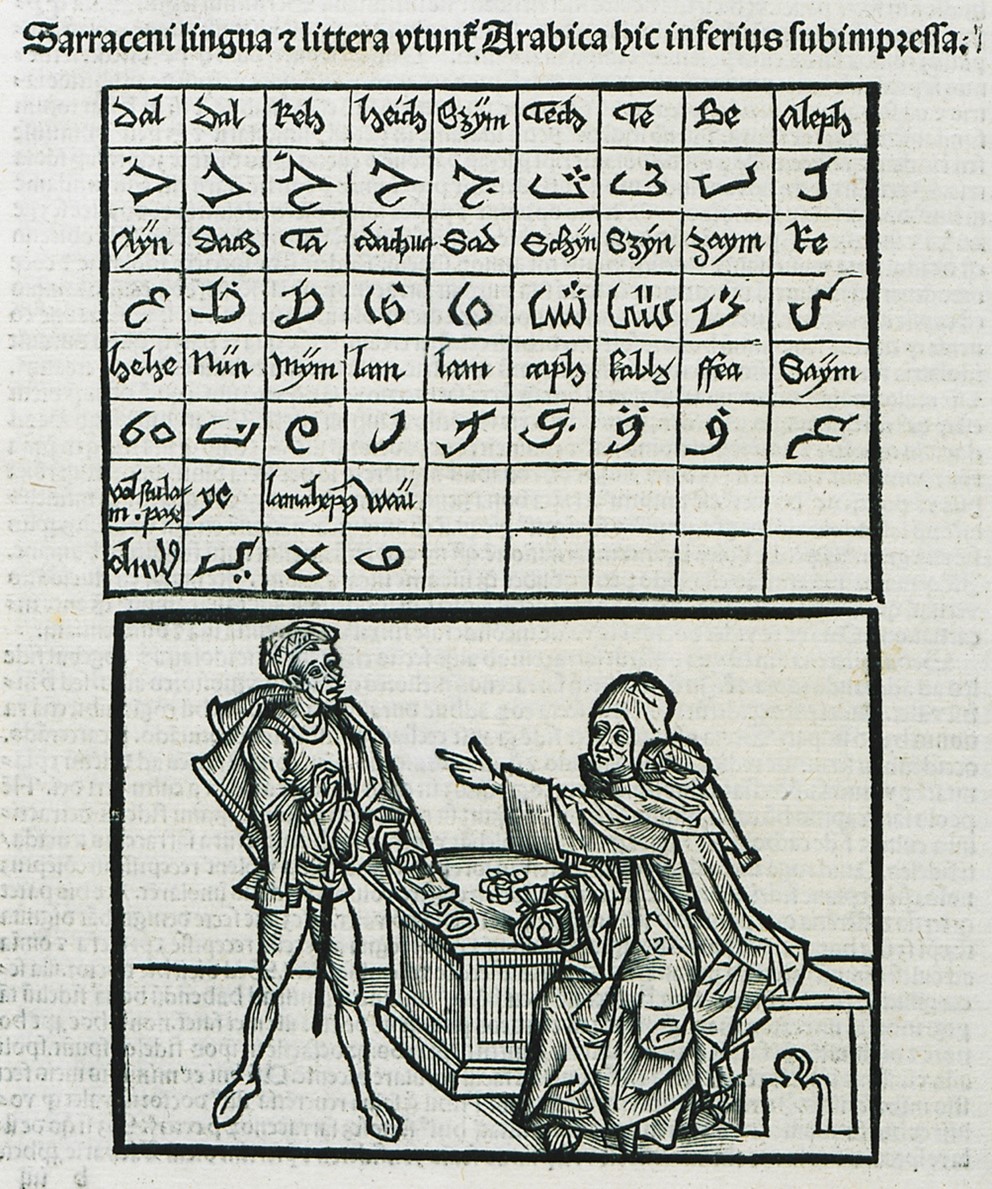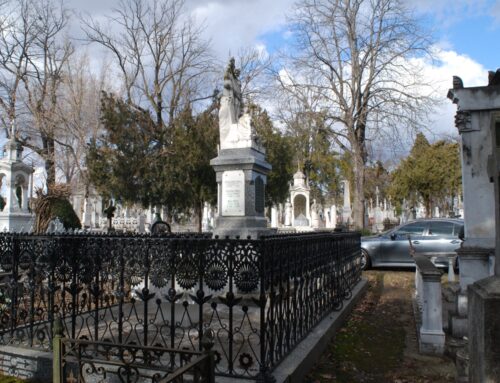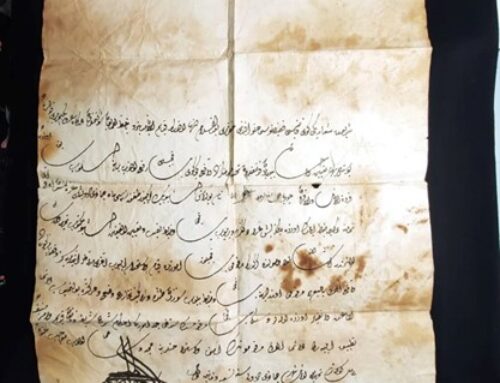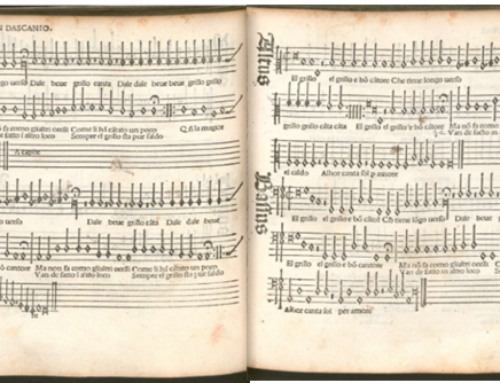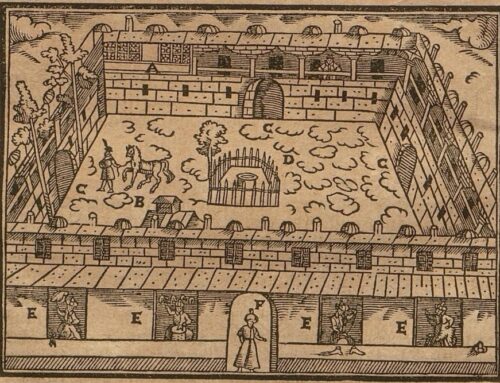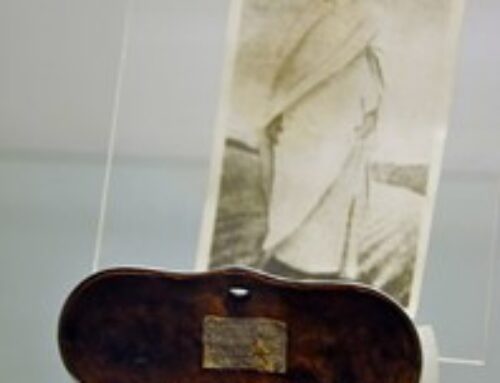Cover Image: Arabic Alphabet. https://eng.travelogues.gr/item.php?view=54934
Travel literature has always been a fascinating genre for readers seeking adventure and exotic experiences. The travelogue of Bernhard von Breydenbach is certainly one of the most captivating accounts produced during the late medieval period (15th century). Among the diverse elements found within this travelogue, the inclusion of various alphabets holds significant historical and cultural value. However, few have explored in-depth the significance of his use of the alphabet in this text. This critical essay aims to fill this gap by analyzing how Breydenbach employed letters as a tool to enhance his descriptions and provide accuracy to his observations. Additionally, we will examine how he incorporated diverse alphabets from different regions into his work, showcasing his meticulous attention to detail when documenting unfamiliar places and cultures. Therefore, our discussion will focus on three essential points: first, the inclusion of the alphabet demonstrates Breydenbach’s dedication to precision; secondly, it highlights regional language differences; lastly, it offers unique insights into manuscript production during that era.
The alphabet in Breydenbach’s travelogue serves as a linguistic tool for understanding the culture and language of the places he visits. With each new letter, Breydenbach introduces readers to novel sounds and symbols that reflect the linguistic diversity of his destinations. One of the primary functions of the alphabets within Breydenbach’s travelogue is to assist the reader in understanding and pronouncing foreign languages encountered during the pilgrimage. Breydenbach’s inclusion of alphabets such as Greek, Jewish, and Arabic reflects his recognition of the linguistic diversity of the regions he traveled through. By providing these alphabets, Breydenbach aimed to facilitate communication and comprehension, enabling fellow travelers to engage with the local population and religious texts in a meaningful way.
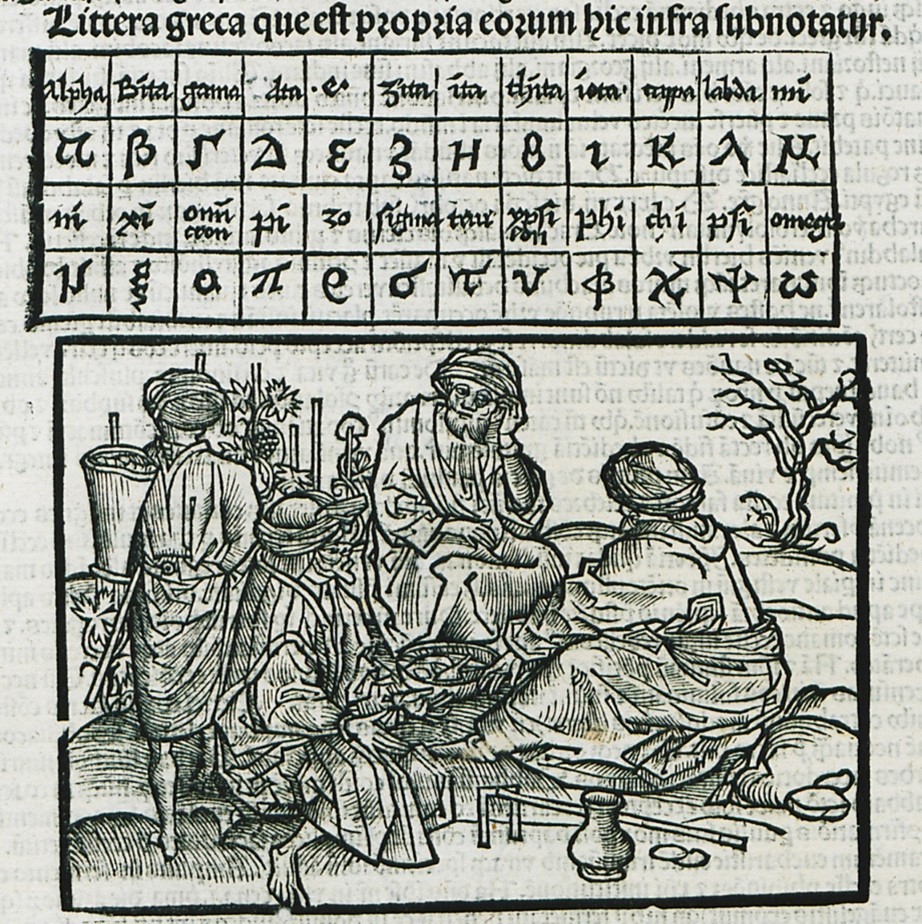
Figure 2: Greek alphabet. https://eng.travelogues.gr/item.php?view=54936
Moreover, as Breydenbach moves from city to city, his descriptions become more detailed; he notes differences in pronunciation and grammar between Arabic dialects or Germanic tongues. By doing so, Breydenbach demonstrates an appreciation for linguistic variation while also illuminating cultural attitudes towards language use. This complexity is further reflected in his visual representations of text; throughout the manuscript are elaborate illuminated letters designed to draw attention to particular passages or themes. The intricate embellishments evoke both religious iconography – common throughout Europe at the time – as well as decorative motifs found in Islamic art. Indeed, these nuanced details suggest that even though communication across borders could be challenging during this period, there were still ways to bridge gaps through shared alphabets and artistic traditions. Through his focus on the alphabet then, Breydenbach creates a sense of unity amidst linguistic difference – reminding us that despite our varied expressions we all communicate using some form of writing system.
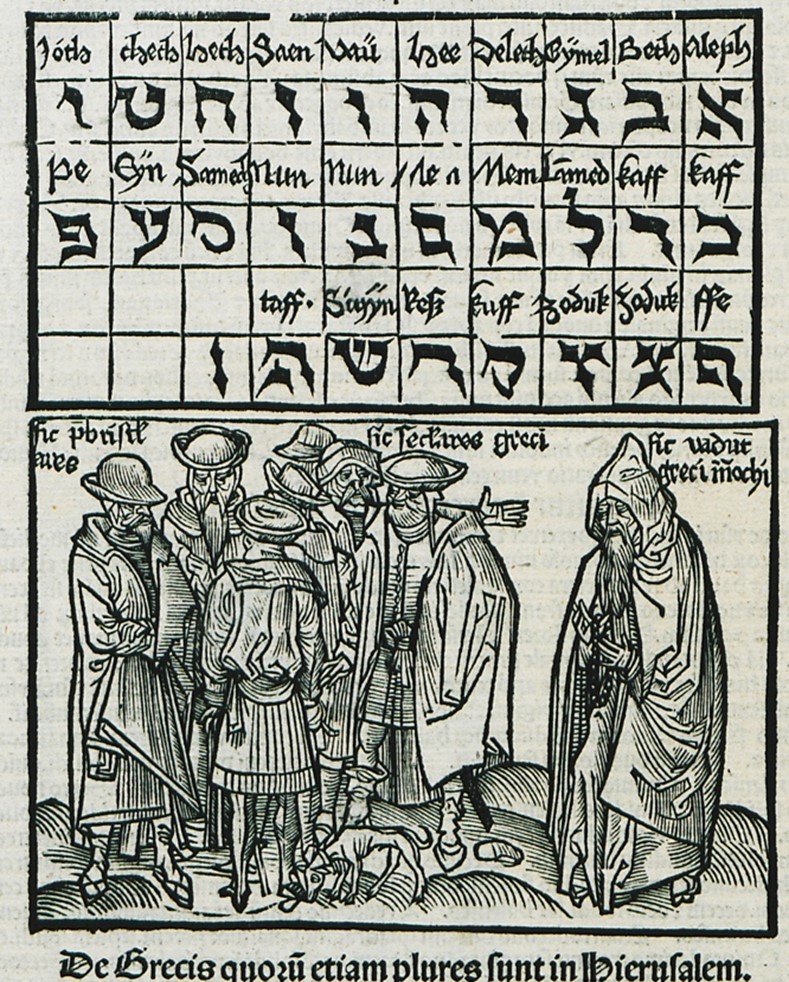
Figure 3: The Jewish alphabet. https://eng.travelogues.gr/item.php?view=54935
Beyond their practical utility, the alphabets in Breydenbach’s travelogue possess symbolic significance. They represent the cultural and religious diversity encountered during the pilgrimage, reflecting the interconnectedness of different faiths and civilizations. The inclusion of the Hebrew alphabet, for instance, highlights the significance of the Jewish population in the Holy Land and their sacred texts. It demonstrates an openness to engaging with and appreciating the linguistic and religious traditions of others, thereby promoting a spirit of cultural exchange.
Breydenbach’s use of the alphabet in his pilgrimage diary reveals a great deal about the value placed on written communication during the 15th century. As Jorink, Woodall, and Wouk (2021) note, Breydenbach’s text is laden with letters and words that capture not only his experiences but also his thoughts and emotions. In many ways, this emphasis on writing mirrors broader trends happening in Europe at the time, where literacy rates were increasing among both men and women. Moreover, written communication became more important as people began to travel further from home for business or pleasure. Nonetheless, Breydenbach’s focus on writing highlights how crucial it was for individuals like him to record their experiences through language at a time when communicating across distances required significant effort and resources.
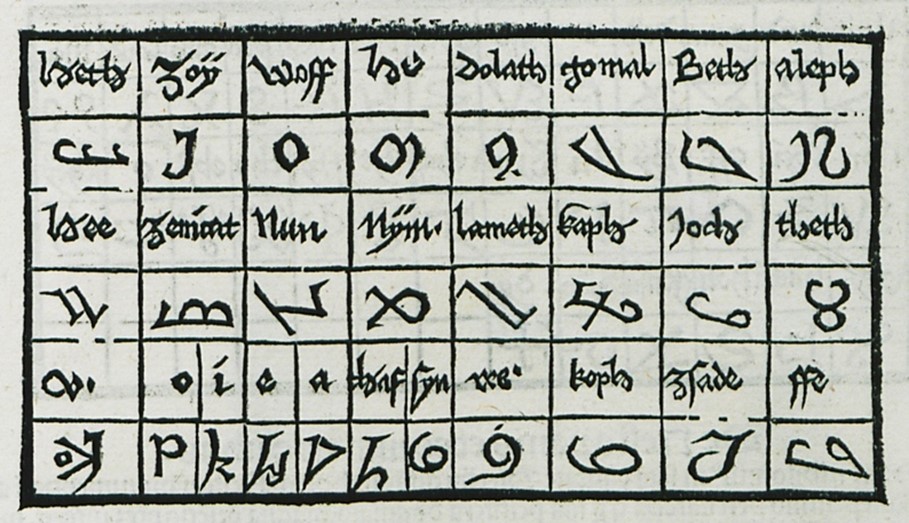
Figure 4: The Syrian alphabet. https://eng.travelogues.gr/item.php?view=54937
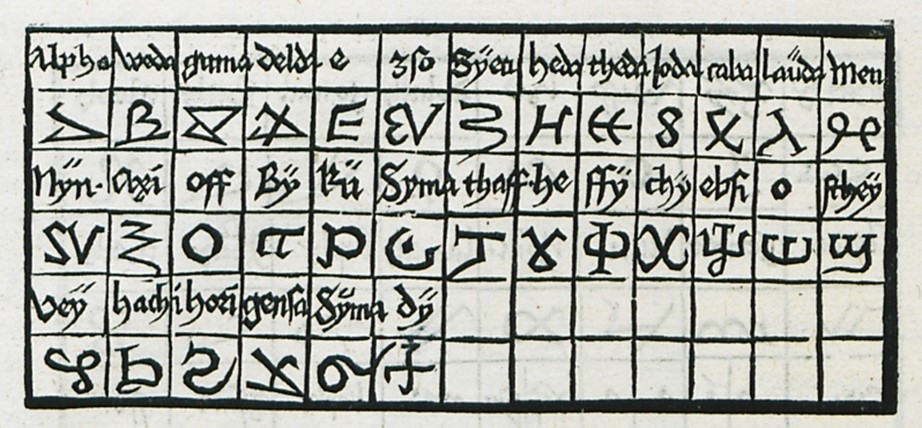
Figure 5: The Coptic alphabet. https://eng.travelogues.gr/item.php?view=54938
In his travelogue, Breydenbach reveals a meticulous attention to detail in his descriptions of foreign lands. One striking example of this is the author’s inclusion of the alphabet in his text. This small but crucial detail shows that Breydenbach was not content with simply providing vague impressions of unfamiliar places; he wanted to provide readers with as much factual information as possible. By including the alphabet, he offered an insight into a culture’s written language and allowed readers to compare it with their own. As Schlothan (2013) notes, the inclusion of the alphabet in Breydenbach’s travelogue demonstrates the author’s attention to detail and desire for accuracy in his descriptions. This focus on precision suggests that Breydenbach was motivated by more than just a desire to entertain or impress readers – he also wanted them to learn about other cultures and appreciate their differences. Through such careful observations and descriptions, traveling became more than just a way for Europeans to boast about their adventures; instead, it could serve as a means for cultural exchange and understanding between different peoples.
The alphabets found in Bernhard von Breydenbach’s travelogue, “Peregrinatio in Terram Sanctam,” hold both practical and symbolic value. They serve as linguistic tools to aid communication and comprehension, while also representing cultural exchange and intellectual curiosity. Furthermore, it is evident that the alphabet plays a crucial role in Bernhard von Breydenbach’s travelogue, serving as both a tool for accurate descriptions and as an emblem of his scholarly background. Certainly, by incorporating the alphabet into his writing, Breydenbach signals his academic training and intellectual prowess. As a member of the clergy with access to education beyond that available to most laypeople at the time, it is likely that he was familiar with classical languages such as Latin or Greek – which were often taught alongside alphabets – making him uniquely qualified for this type of descriptive work. Overall, while it may seem like a small detail on its own, Breydenbach’s use of the alphabet speaks volumes about both his personal qualities and broader societal trends towards increased literacy during this period. By paying close attention not just to what he saw but how he recorded it in writing, we are able to gain insight into both history itself and how those who lived through it experienced their world. In conclusion, through examining Bernhard von Breydenbach’s travelogue closely one can see that even something as simple as an alphabet can hold significant meaning when viewed within its historical context. It serves as a reminder that every aspect must be taken into account when interpreting texts from different eras or cultures – no matter how seemingly insignificant they may appear at first glance – if we truly want our understanding of them will be nuanced enough for us fully grasp their underlying significance.
Bibliography
Primary source
Bernhard von Breydenbach, Peregrinatio in Terram Sanctam, Speyer, 1490
Secondary bibliography
Dorninger, Maria E., “Perceptions of the “Unknown”? Medieval and Early Modern Accounts of Pilgrimage to Jerusalem”, in On the Way to the »Unknown«? The Ottoman empire in Travelogues, ed. By Gruber Doris and Strohmeyer Arno, vol. 36, Studies on Modern Orient, De Gruyter, 2022, pp. 207-223
Jorink E. et al., “Humans and other animals in the Low Countries”, in Netherlands Yearbook for History of Art / Nederlands Kunsthistorisch Jaarboek Online, v. 71/1, Brill, 2021, pp. 7 – 31
Schlothan, Betty L., Intriguing Relationships: An Exploration of Early Modern German Prints of Relic Displays and Reliquaries, Thesis, University of California, 2013
Other Sources
Christ Church Library newsletter, “Conserving von Breydenbach’s Peregrination in Terram Sanctam”, vol. 12/1 (2020 – 2021), pp. 29 – 32
Short bio
Kyriaki Giannouli is a PhD candidate at the University of Ioannina. Her previous academic endeavor encompassed an in-depth exploration of Byzantine History during her master’s program. More specifically, her master’s thesis centered around the historical narrative of Argolis and Corinth throughout the late medieval and early modern era. Keenly interested in pilgrimage and the intricacies of mobility, Giannouli’s research pursuits now revolve around Western pilgrimage and the textual accounts of Holy Land pilgrims, focusing on the period spanning from the 12th to the 17th centuries. Additionally, her doctoral thesis delves into the extensive geographical knowledge available within Greek landscapes during the aforementioned timeframe.


